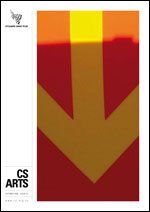

Slide title
Write your caption hereButton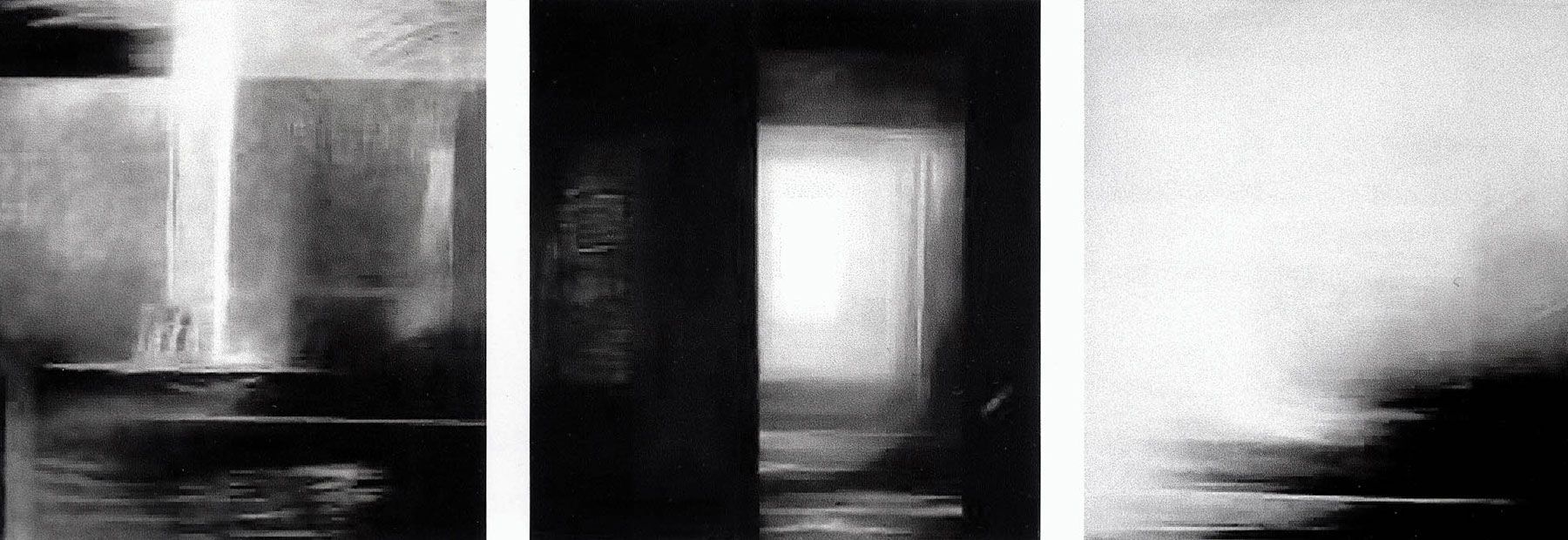
Slide title
Write your caption hereButton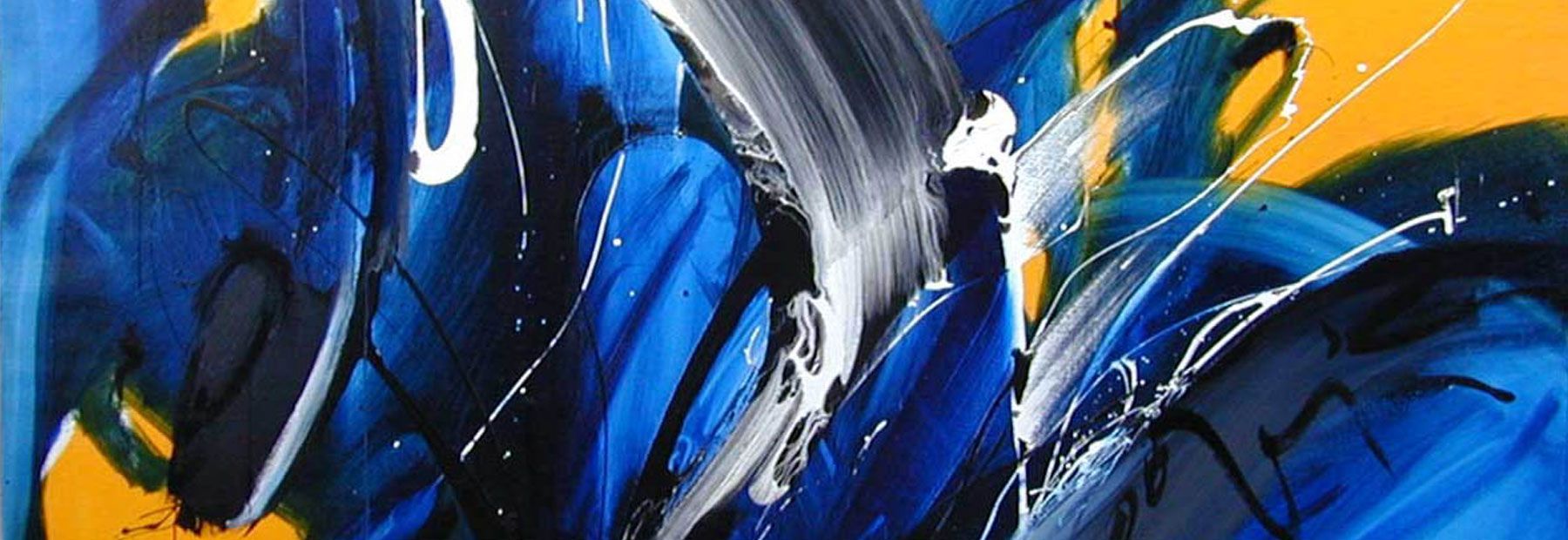
Slide title
Write your caption hereButton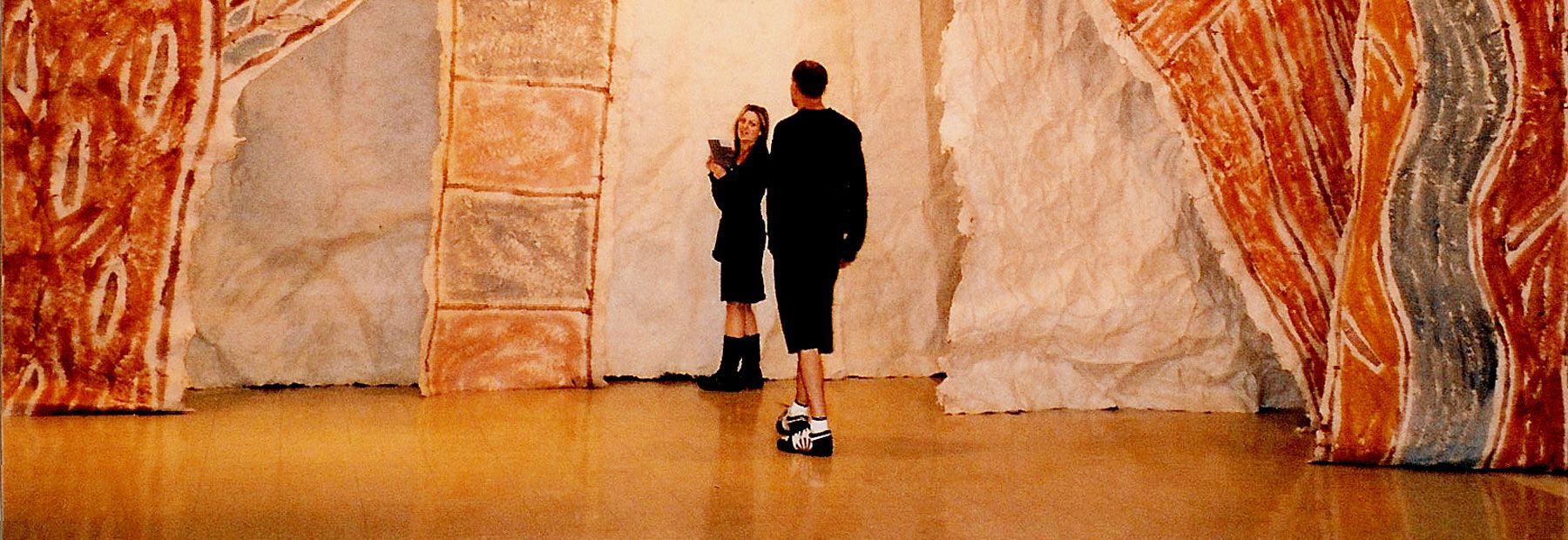
Slide title
Write your caption hereButton
Slide title
Write your caption hereButton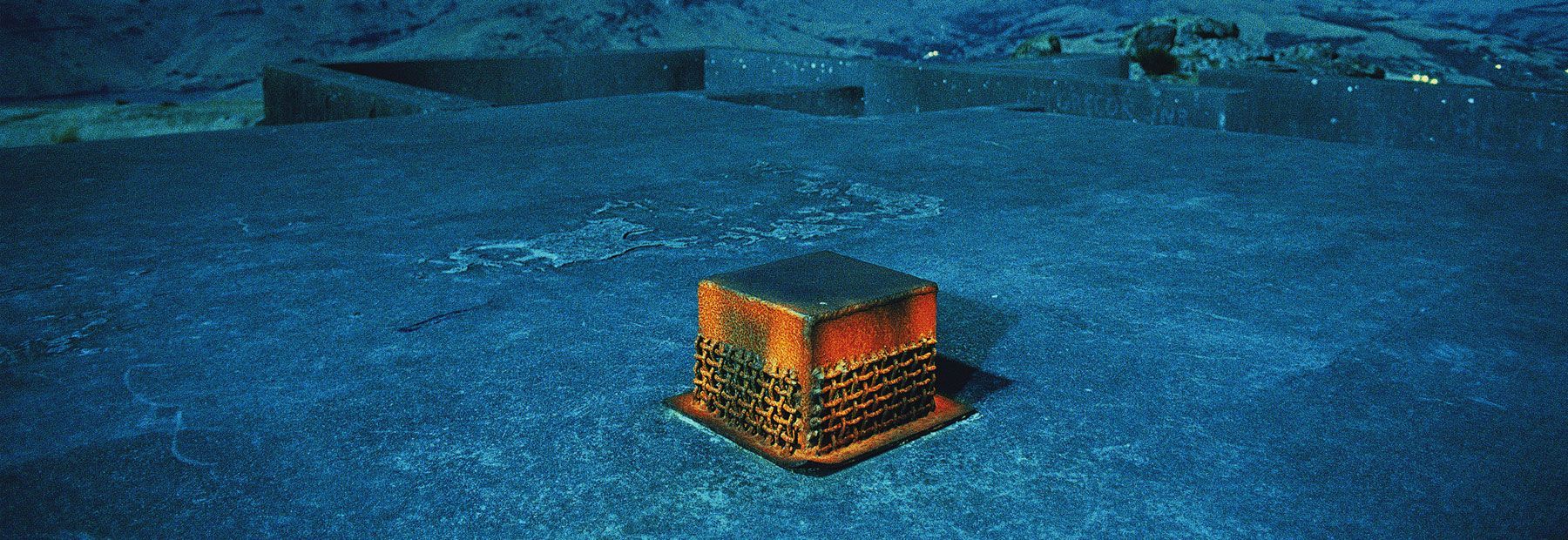
Slide title
Write your caption hereButton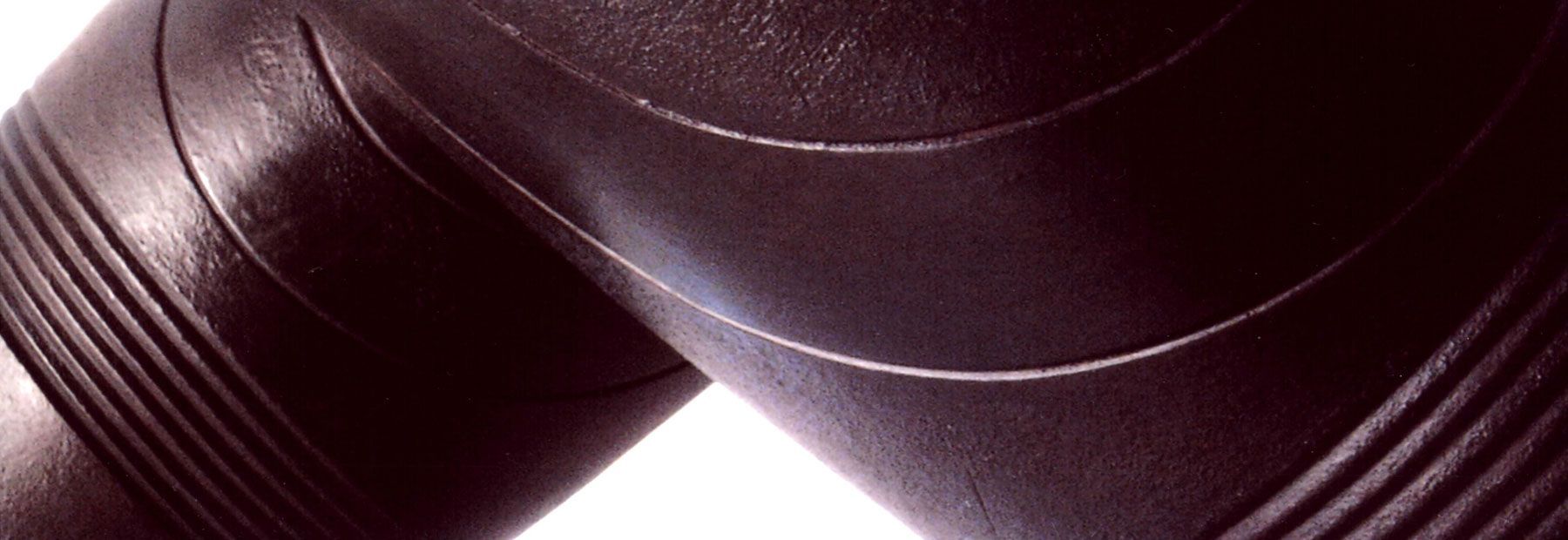
Slide title
Write your caption hereButton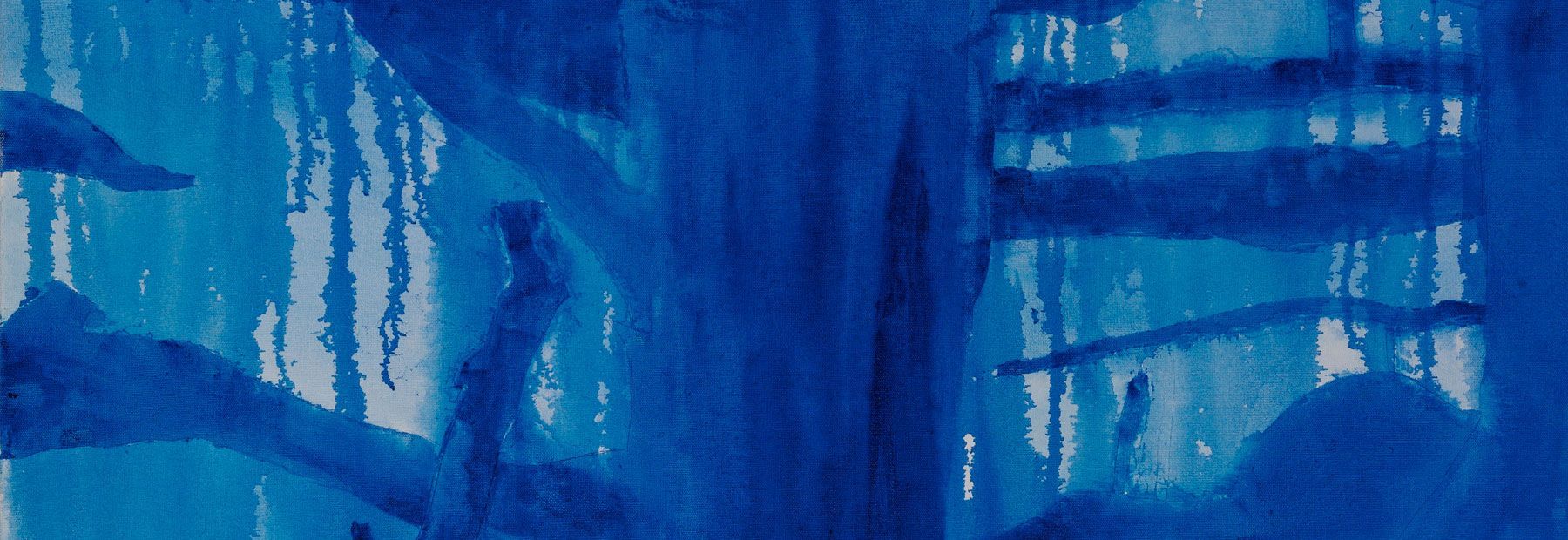
Slide title
Write your caption hereButton
How the Light Gets In:
The Christian Art of Colin McCahon - Part 2
The Prophet
Years later I learned that the 1970 mural is called Gate III, and that McCahon painted it to warn of the possibility of physical destruction that threatens our civilisation. Its searing lines denounce nuclear warmongers in even stronger terms than did Bob Dylan’s ‘A Hard Rain’s Gonna Fall’ (1963) after the Cuban missile crisis. McCahon writes like a graffiti artist scrawling on the wall of a military installation: ‘All ye who kindle a fire who gird / yourselves about with firebrands: / Walk ye in the flames of your fire and among / the brands which ye have kindled.’ (Isaiah 50:11).
But when I first saw Gate III in the mid 1970s, I read it above all as an indictment of Western secularism, the ruling spirit of our age. I found it ironic that it should have been hung in New Zealand’s most secular university. McCahon’s statement of a biblical worldview was so unequivocal that I was amazed that Victoria University should have put on public display a work of art so dissonant with its values.
In the event, the university didn’t change its stance, but it did move the painting. As if to maintain its secularity, the university relocated Gate III to its new Adam Art Gallery, Te Pataka Toi, when it was established in 1999. McCahon had designed the 3-metre-high and 10.5-metre-long Gate III in 1970 as a public work for a public space. In the lecture block foyer where it first stood it made a far more visible prophetic statement than it does now, domesticated in an art gallery where its message can be safely deconstructed, critiqued and compared with the ‘manufactured meaning’ of other works of modern art. Years earlier McCahon had lamented: ‘Once the painter was making signs and symbols for people to live by: now he makes things to hang on walls at exhibitions.’4
Even more at variance with McCahon’s intentions was the sale by Victoria University of one of his last paintings, Storm Warning (1980-81). This is an apocalyptic warning of what things will be like in the latter days, based on 2 Timothy 3:1-3. ‘YOU MUST FACE THE FACT’, it declares, ‘the final age of this world / is to be a time of troubles’: men will love nothing but money and self, they will be arrogant, boastful and abusive; with no respect for parents, no gratitude, no piety, no natural affections they will be implacable in their hatreds.
McCahon had given Storm Warning to Victoria University as a gift in 1981. But it was sold in 1999 for around $1.2 million to unidentified New Zealand collectors to cover the shortfall in the funding of the Adam Art Gallery. ‘It is a public work and I don’t want it to disappear into a private collection’, wrote McCahon before he made the gift; but the letter came to light after the painting had been sold.
It is disquieting that this painting, given for public display, advice and warning, should have been sold to a private collection for an enormous price, well beyond what local art galleries could afford, risking its permanent loss to New Zealand. McCahon’s message in Storm Warning couldn’t have been clearer, says artist Janet Paul, a friend of McCahon’s. ‘He was opposing ... materialist thinking. To him the spiritual concept of life ... was really important. I think it’s deplorable to sell it for money when it is totally opposed to money being the only currency.’
One of the biblical tests of a true prophet is whether their prophecies come to pass (Deuteronomy 18:21-22). As the artist’s son, William McCahon, caustically observed, ‘Storm Warning has fulfilled its prophecy.’5
Article Continued:
- How the Light Gets In: Part 3 - The Artist
- How the Light Gets In: Part 4 - The Believer
- How the Light Gets In: Part 5 - V. The Man
- How the Light Gets In: Foot Notes
- Discuss this article in the chrysalis seed arts community forum
- Return to CS Arts issue 31 - October 2008
- Browse the CS Arts archives
- Other articles available to read online
